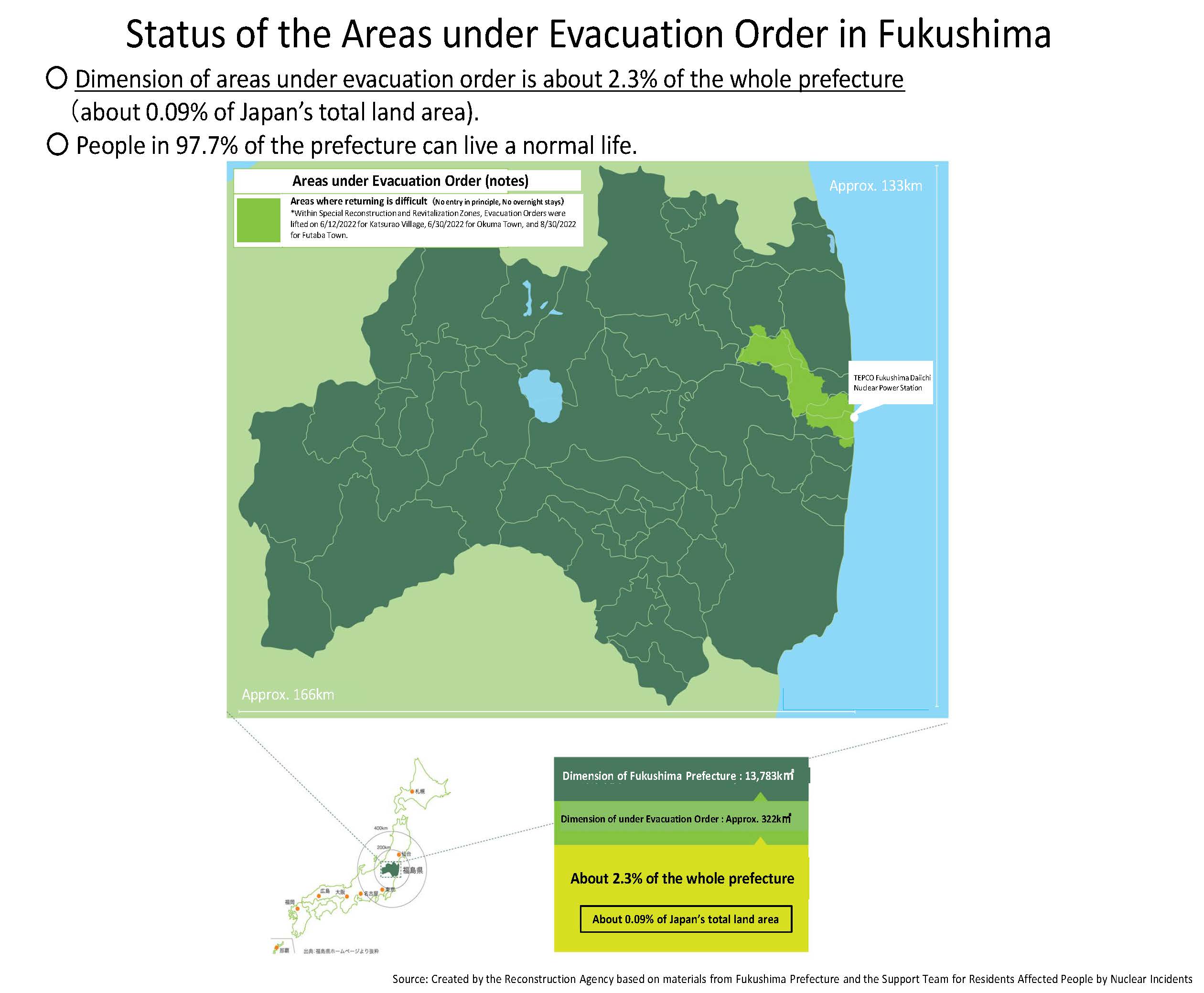Great East Japan Earthquake
 |
●The Great East Japan Earthquake Name: The 2011 Great East Japan Earthquake Date and Time: 11 March 2011, 14:46 JST (05:46 UTC) Hypocenter: 38° 6.2′N, 142° 51.6′E (130km ESE off Oshika Peninsula), Depth 24km Magnitude: 9.0 (the largest earthquake recorded in Japan) JMA Seismic Intensity: 7 (max: Kurihara City, Miyagi Prefecture) ●Casualties and Damages Human Casualties Deceased: 19,729 Missing: 2,559 Injured: 6,233 Damaged Buildings Completely destroyed: 121,996 Half destroyed: 282,941 Partially Destroyed: 748,461 |
As a result of the disaster, which caused the triple tragedy of the earthquake, tsunami and nuclear accident, approximately 20,000 people lost their lives and over 2,500 are still officially reported as missing, while a further 6,000 suffered injuries. In total, over 470,000 people were evacuated from their homes. As of May 2023, the number of evacuees decreased to approximately 30,000, among which around 1,000 people are still in temporary housing.
Communities across northeastern Japan (Tohoku Region) suffered extensive and severe structural damage as a result of the earthquake and tsunami, including heavy damage to roads, railways, and airports, as well as many homes being left without electricity, gas and water. In total, approximately 122,000 buildings were completely destroyed, about 283,000 suffered severe damage, and another approximately 748,000 were partially damaged.
According to information from the Cabinet Office, the direct financial damage from the disaster was estimated as of June 2011 to be approximately 16.9 trillion yen (US$154 billion), with 10.4 trillion yen worth of damage to buildings, 1.3 trillion yen to lifeline utilities, 2.2 trillion yen to social infrastructure and 3.0 trillion yen to other areas. The World Bank estimated that the economic cost could reach up to US$235 billion, making it the costliest natural disaster in world history.
In addition, the tsunami triggered the nuclear accident at the Fukushima Daiichi Nuclear Power Station. To protect residents in areas surrounding the power station, the Government established evacuation zones (Areas of Evacuation Order), resulting in approximately 110,000 people evacuating from their homes.
The evacuation orders have been lifted in almost all areas except those designated as Difficult-to-return-home Area, which was established by summer 2013, and the number of evacuees from Fukushima Prefecture has decreased from a maximum of approximately 165,000 to approximately 27,000 (as of February 2023).


